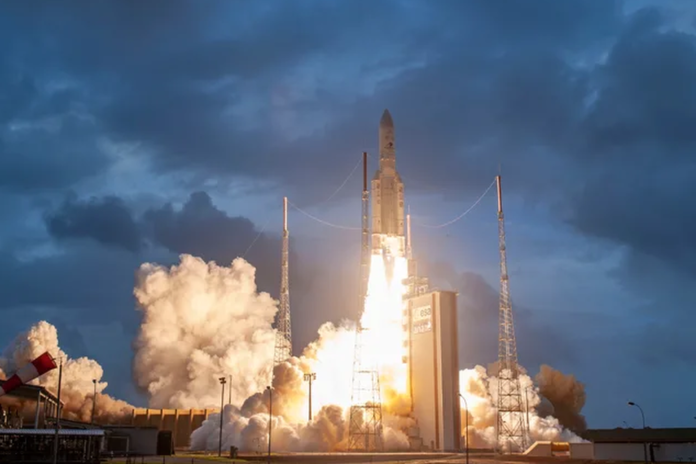Officials have stopped saying ‘not in my backhaul’
Liquid Telecom Satellite Services (LTSS) is expecting to see strong revenue growth in 2022, thanks in particular to strong demand for connectivity in Africa, CEO Scott Mumford told Via Satellite. LTSS grew by 25% in 2021 and that speed is accelerating year-on-year, according to Mumford. The 2022 forecast could be over 40% revenue growth, based purely on orders already in the pipeline.
Growing, growing, gone
This is because the satellite cellular backhaul market is “growing, growing, growing,” thanks to a transformation in the understanding and the mindset of satellite services in Africa over the last three years, said Mumford. While selling services into Africa was always tough, things are starting to change. Once satellite’s original reputation for being slow, expensive and foreign to Africa was banished, people began to see the positives and those doing the marketing for the industry say they have turned a corner.
Turned a corner
“We are seeing huge demand across Africa. We are adding services into 10 new countries, said Mumford. “We have added the whole of West Africa into our footprint. We actually lit up another spot beam recently, which was a new beam over a new region. It has been strong. Satellite will continue to gain momentum and market share.” In recent years deals between TIM and Eutelsat in 2020 and AT&T and OneWeb in 2021 changed the mindset towards how satellite works. “Telecoms understands that the world is large and that terrestrial mechanisms can be very good, but they can be very expensive and time consuming to deploy. They are very inflexible by nature. As we move to cloud-based and service-based ways of working, satellite is a critical element of that provision,” said Mumford.
Africa will thrive on satellite
In fact, it’s not a matter of choice, Africa has to adopt it, according to the satellite CEO. People expect ubiquitous service, the African continent is vast and the only way to cover that is to embrace satellite. The technologies have evolved hugely over the last five years, as have the levels of service. Regulation is the main obstacle holding it back. “There are so many rules and regulations. The correlation between internet penetration and GDP growth is extremely well-documented and evidence based,” said Mumford. This makes it difficult for service providers to set up a company in any country, which makes it difficult for them to start offering useful support to indigenous businesses and communities and improving the gross domestic output of that nation. “Some of those license requirements are extremely arduous,” said Mumford.
No danger
In one West African nation, for example, the satellite provider is being asked to prove that Earth stations are not dangerous. Providing the relevant FCC/ITU and antenna performance data to disprove a negative is a thankless task and involves talking to officials who still believe in non-ionizing radiation effects. “I can’t believe we are still having that type of conversation in 2022, but that is an example of some of the hoops we still have to jump through. They need to make it easier for us to get those services into countries,” said Mumford.
Service matters
Corruption and officialdom aside, Zimbabwe has displayed a developing maturity and Liquid Telecom installed 200 terminals in the country late in 2021. Southern Africa and West Africa have seen increased demand. Now markets which were traditionally outside of LTSS’s footprint, such as the Central African Republic, Cameroon, Niger and Mali, are moving too. “We are pumping capacity into those markets with local providers who are desperate to get access to these services,” Mumford said. “With some operators, we are struggling to find enough capacity for us to be able to take and keep growing.”
LEO expectations
However, Low-Earth Orbit (LEO) won’t be the gamechanger for the industry. Though latency is important for certain applications it’s not universally critical. Don’t expect a mass migration from other technologies to LEO. “We won’t suddenly see 10 million new terminals active in Africa in three years’ time,” said Mumford. LTSS is examining how to orchestrate service across multiple systems and then tie that into its terrestrial infrastructure. “It’s all about the service, not the delivery technology,” said Mumford.



